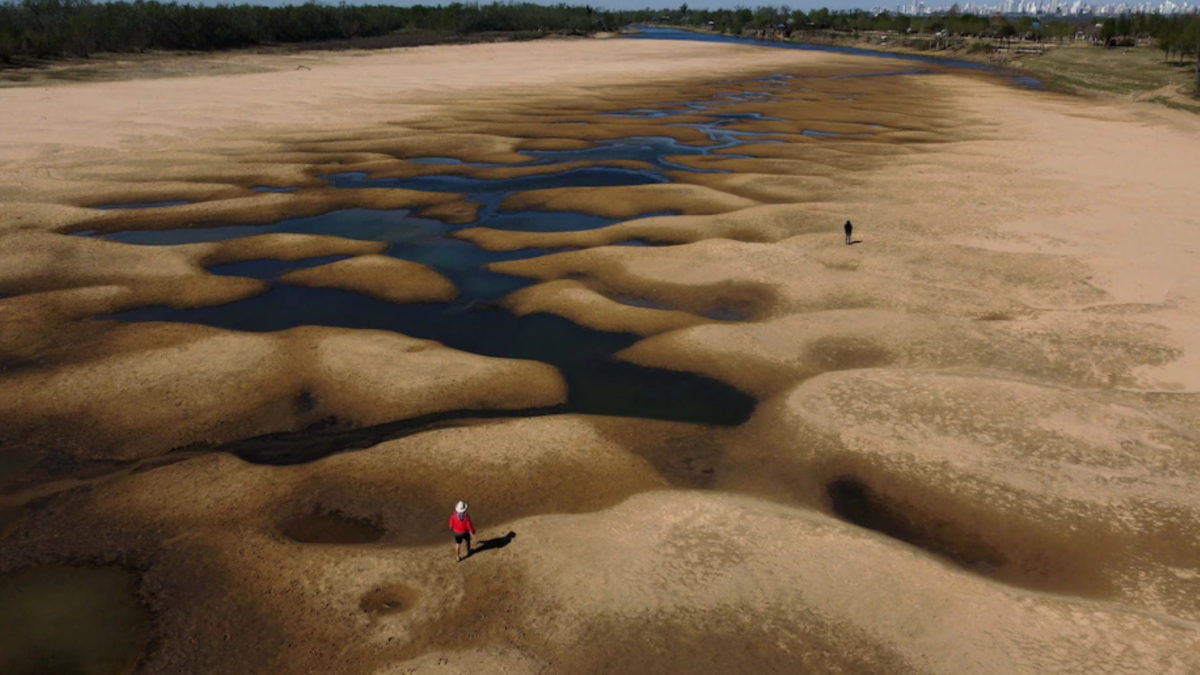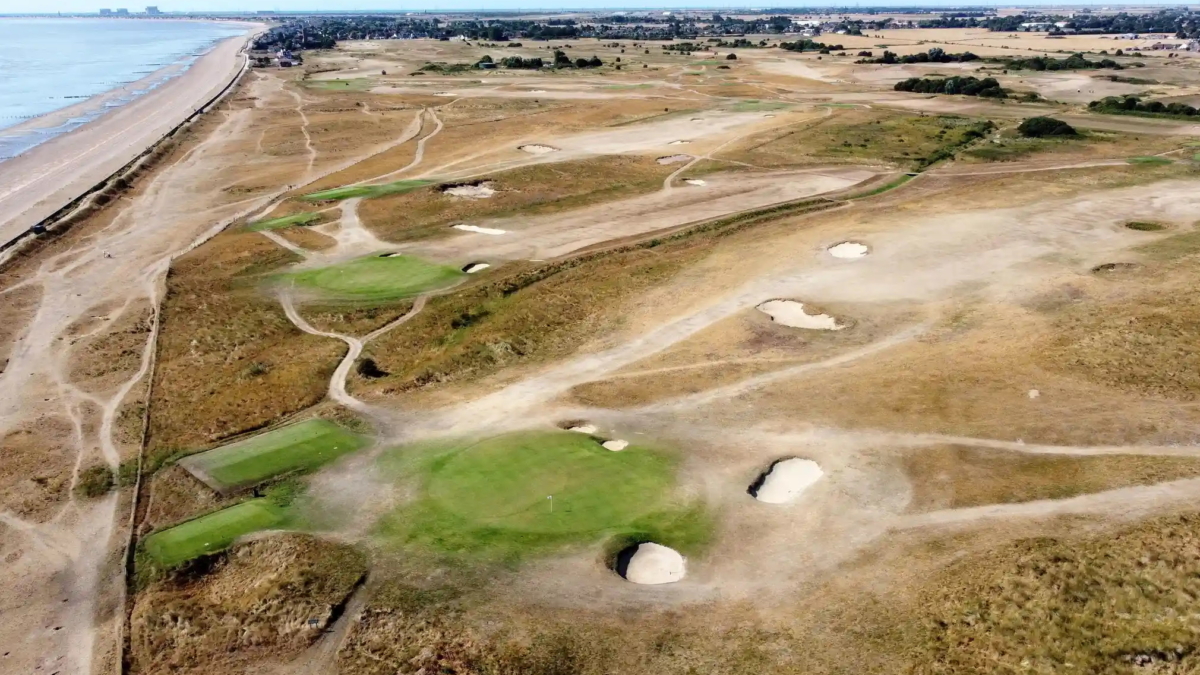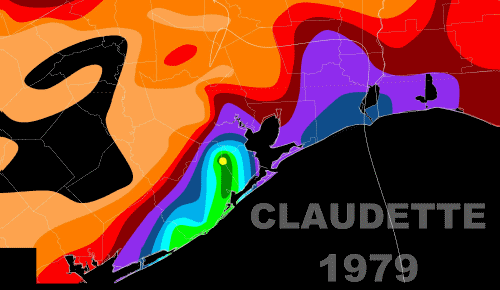How global climate change may affect violence
July 18, 2010 (NNPA) – If global warming is a scientific fact, then we’d better be prepared for the earth to become a more violent place. That according to a recent Iowa State University study that shows as the earth’s average temperature rises, so too does violent tendencies in humans.
Using U.S. government data on average yearly temperatures and the number of violent crimes between 1950 and 2008, the researchers estimate that if the annual average temperature in the U.S. increases by 8°F (4.4°C), the yearly murder and assault rate will increase by 34 per 100,000 people – or 100,000 more per year in a population of 305 million.
“It is very well researched and what I call the ‘heat hypothesis,'” Craig Anderson, a distinguished professor of psychology and director of Iowa State’s Center for the Study of Violence, said.
“When people get hot, they behave more aggressively. There’s nothing new there and we’re all finding the same thing. But of the three ways that global warming is going to increase aggression and violence, that’s probably the one that’s going to have the most direct impact – even on developed, wealthy countries, because they have warm regions too.”
Researchers analyze existing research on the effects of rising temperature on aggression and risk factors for delinquency and criminal behavior. In addition to the “heat hypothesis,” they report that rising global temperatures also increases known risk factors for the development of aggression in violence-prone individuals – such as increasing poverty, growing up amid scarce resources, malnutrition and food insecurity. They contend that one of the most catastrophic effects of climate change will be food availability, producing more violence-prone individuals in the process.
Co-author Matt DeLisi, an associate professor of sociology and director of ISU’s criminal justice program, found that it’s a layering of risk factors that ultimately lead to a person becoming a serious offender.
“While there is some link between temperature and aggression, really the effects [of climate change] are going to be more indirect if those temperature changes affect the amount of food we can produce, coupled with population growth,” DeLisi said.
“Then where the real damage will be done is malnutrition, because that sets in motion these other developments [risk factors] that then lead to crime.”
The authors cite ecomigration, civil unrest, genocide and war as the third way global warming is going to increase violence.
They report research finding that rapid climate change can lead to changes in the availability of food, water, shelter and other necessities of life.
And such shortages can also lead to civil war and unrest, migration to adjacent regions and conflict with people who already live in that region, and even to genocide and war.
“There have been some recent reports [cited in the paper], and one was a U.N. report on climate change and women and children,” Anderson said.
“It pointed out that whenever there was an ecological disaster, women and children tend to be the most victimized in terms of violence. The reasoning is that women, in most of the subsistence cultures, are often more responsible for food and the children, and so they can’t pack up and leave as easily. And so they’re left vulnerable to violent activities.”
Their findings were presented at the Symposium of Social Psychology in Sydney, Australia. [Special to the NNPA from the St. Louis American]
How Global Climate Change May Affect Violence via The Oil Drum



